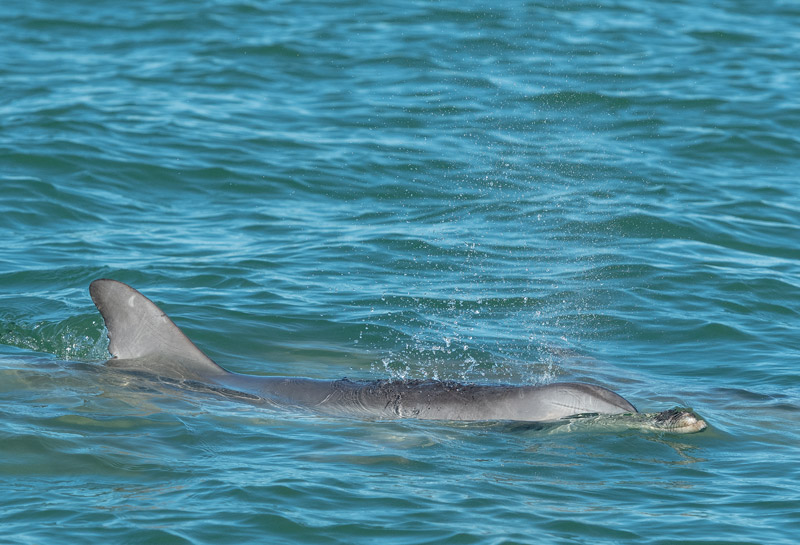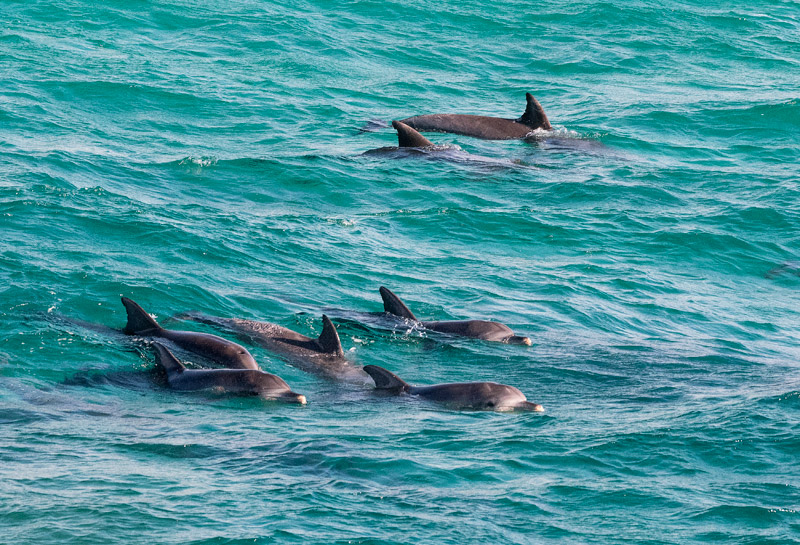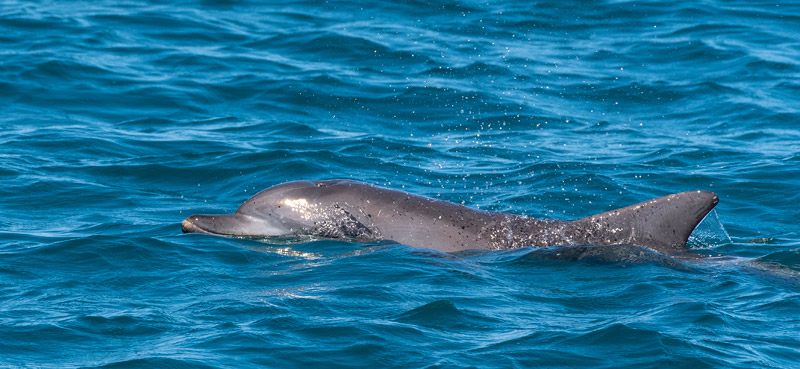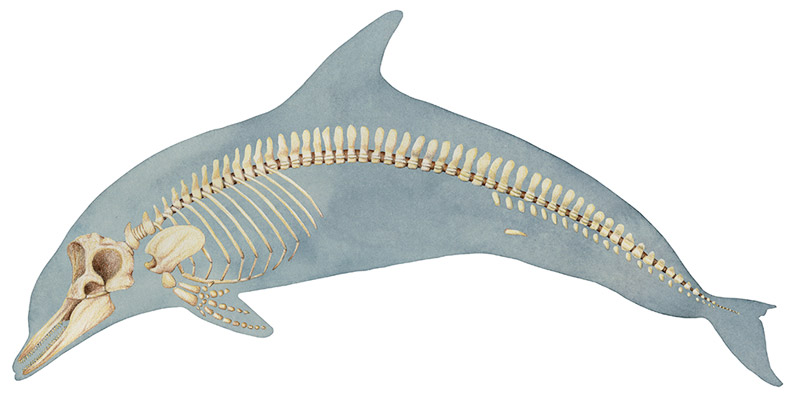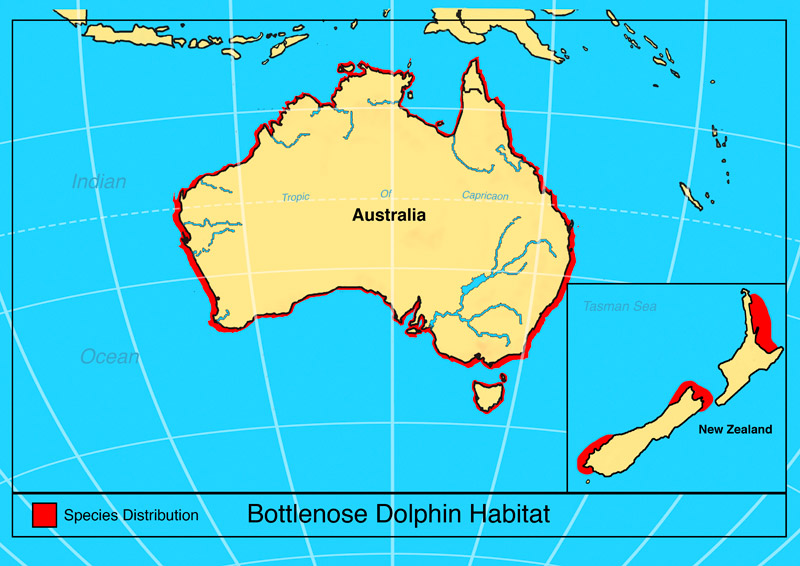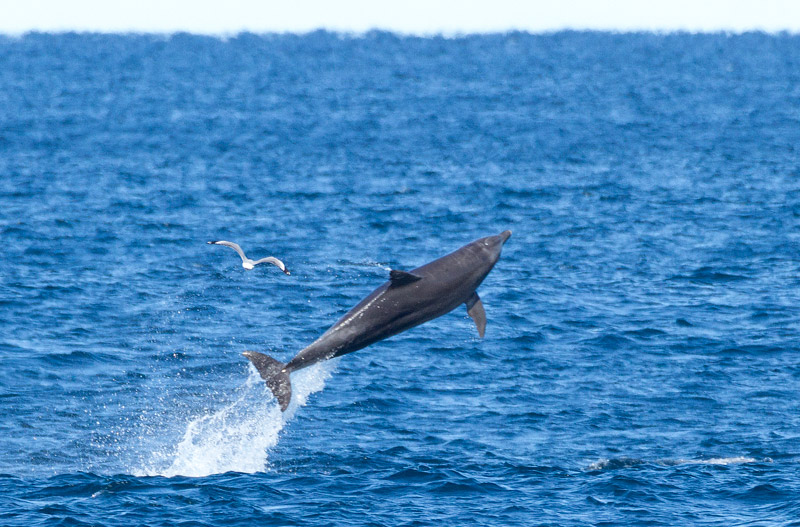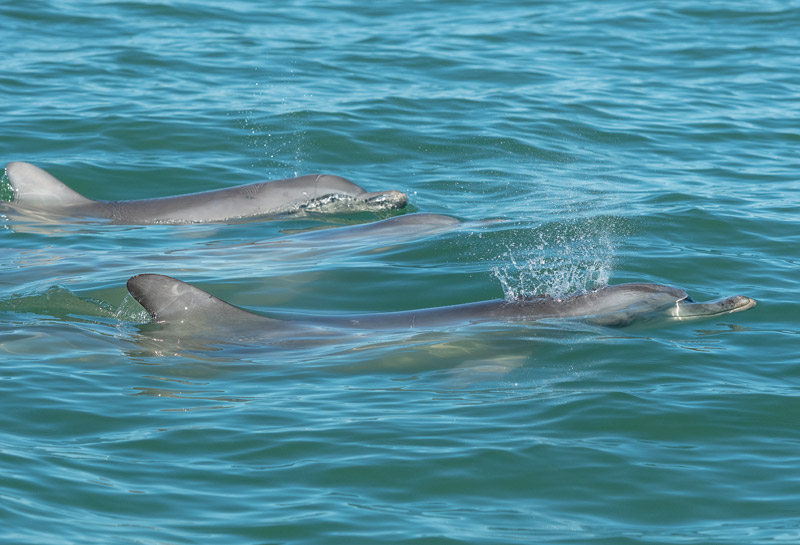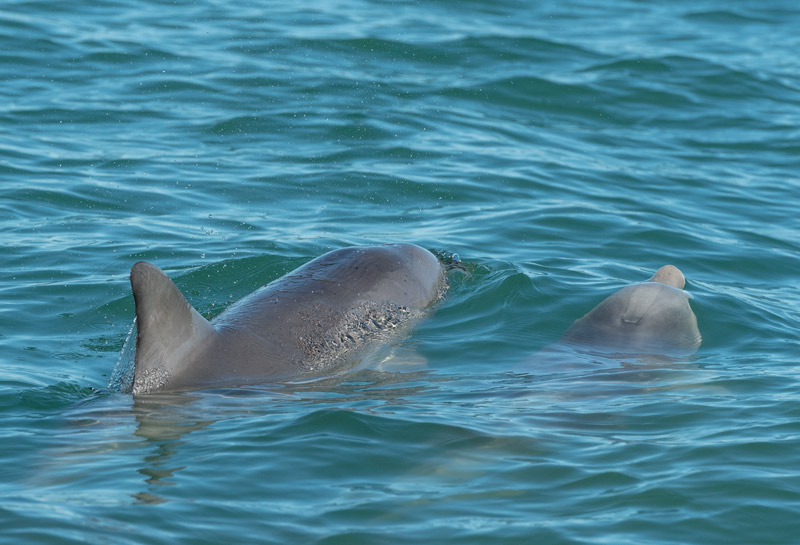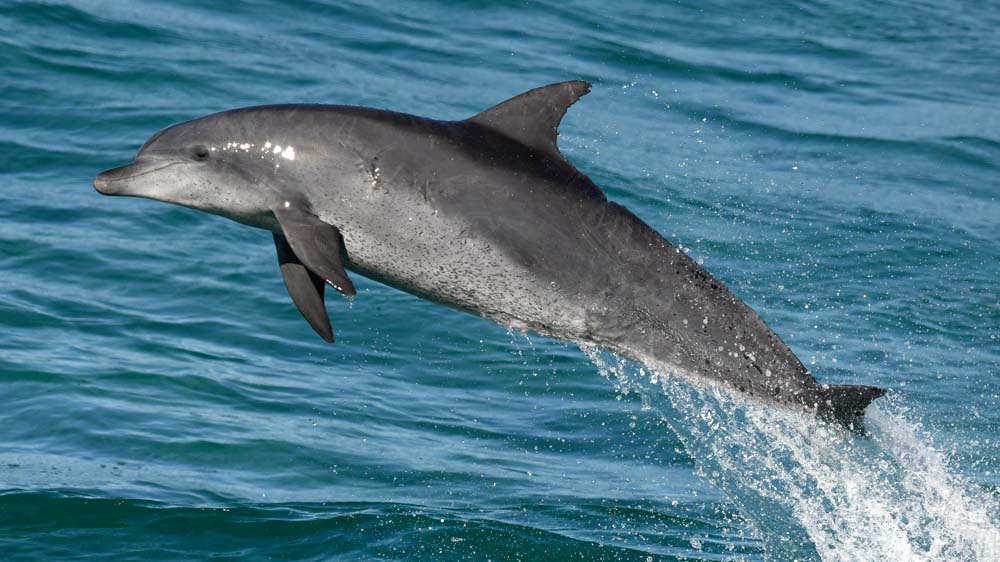
Dolphins are the most abundant and varied of all the whale species as there are over forty species found worldwide. They can be found surfing the waves at beaches, around rivers and coastal waters and out into the deep ocean.
The smallest dolphin species are the Hector’s dolphin found in New Zealand waters at 1.4 metres, right through to the largest dolphin species the Orca (Killer Whale) at 9 metres.
Which Bottlenosed Dolphin?
Although we generally used the term Bottlenose Dolphins there are in fact at lease four subspecies in Australian waters.
Common Bottlenose Dolphin (Tursiops truncatus), sometimes referred to as the Atlantic Bottlenose dolphin. They are found in the temperate and tropical parts of most oceans.
Indo-Pacific Bottlenose Dolphin (Tursiops aduncus) also sometimes know as the Southern Hemisphere Bottlenose Dolphin or Inshore Bottlenose Dolphin are found in the waters around India, Australia, East Africa and the Red and South China Seas.
Pacific Bottlenose Dolphin (T. truncatus gilli) which is found in the Pacific Ocean.
Burranan Dolphin (Tursiops australis) was only officially recognised in 2011. They are found only in Port Phillip Bay and Gippsland Lakes areas of Victoria, Australia.
It is also good to be aware that some physical characteristics vary so much between these groups that some scientists believe and argue that they should actually be classified as completely separate species. There may also be significant differences between populations within the same subspecies, such as coastal and offshore groups.
Common Name: Bottlenose Dolphin
Conservation Status: Not Endangered
Length: New-born calf .8 to 1.4 metres
Common Bottlenose Dolphin: up to 4 metres
Burrunan Dolphin: 2.3 – 2.8 metres
Indo-Pacific Bottlenose Dolphin: 2.5 metres
Weight: Adults weigh between 190 to 260kg.
Gestation: 12 months
Weaning Age: up to 18 months
Calving Interval: 2 to 3 years
Physical Maturity Age: 12 to 15 years
Sexual Maturity Age: 5 to 10 years
Mating Season:
Calving Season:
Cruising Speed: up to 35km/h
Protected Since:
Field ID
– Round snout with sharp crease between snout and forehead
– Flippers are long and slender
– High dorsal fin that curves backwards
– Broad and curved flukes with deep median notch.
– Dark grey in colour on the top with light grey sides and belly.
– Highly active and acrobatic.
– Dolphins may be found alone, in small groups of 4-5 individuals or in very large pods.
– A group of dolphins can also be called a party.
A Indo-Pacific Bottlenose Dolphin blows
Behaviour
Bottlenose dolphins typically do not migrate, and are very social animals who live in complicated social systems known as fission-fusion societies, where group memberships are constantly changing within the larger population. Bottlenose dolphins have also demonstrated several hallmarks of intelligence, including the ability to use tools and to recognise themselves in mirrors.
Diet
Dolphins feed mainly on fish and squid, but occasionally may eat rays, eels, and small sharks.
Description
The Bottlenose Dolphin is perhaps one of the most well known cetaceans, because of its widespread appearances on TV (such as in “Flipper”) and in marine parks. Bottlenose Dolphins are relatively robust with an unusually short and stubby beak, hence the name “bottlenose”. Colour varies considerably from light grey to slate grey on the upper body, with lighter sides and a pale to pinkish grey on the belly. The dorsal fin is high and curved and located near the middle of the back. The flukes are broad and curved with a deep median notch. The flippers are of moderate length and pointed. The bottlenose dolphin (like the beluga) has more flexibility in its neck than other oceanic dolphins, because five of its seven neck vertebrae are not fused together as in the other oceanic dolphins.
Morphology
Common bottlenose dolphin (~3m) short rostrum, no speckling
Burranan dolphin (~2.5m) short rostrum, no speckling
Indo-Pacific bottlenose dolphin (~2m) long rostrum, ventral speckling with age
Distribution
Bottlenose Dolphins are found in the coastal waters right around Australia and in parts of New Zealand.
Breeding
Bottlenose dolphins breed every 4-5 years. Gestation lasts 12 months. Sexual maturity is reached around 10 years of age. Calves are weaned around 4 years of age. In some populations, adult males form alliances of 2-3 males to cooperate in consorting a cycling female.
My great thanks to
Professor Janet Mann – Professor of Biology and Psychology
and Vivienne Foroughirad – Research Associate
Department of Biology – Georgetown University USA
for their generous advice and guidance in creating this page.
Janet and Vivienne are part of the long term study of the
Bottlenosed dolphins of Shark Bay in Western Australia.
To find out more about their work please see their website Shark Bay Dolphin Project
References/Sources
Australian Department of the Environment, Canberra
NSW Department of the Environment
Whales, Dolphins and Porpoises by Mark Carwardine
Whales, Dolphins & Seals: A Field Guide to the Marine Mammals of the World by Hadoram Shirihai and Brett Jarrett
Copyright 2020 David Jenkins – Whale Spotter



